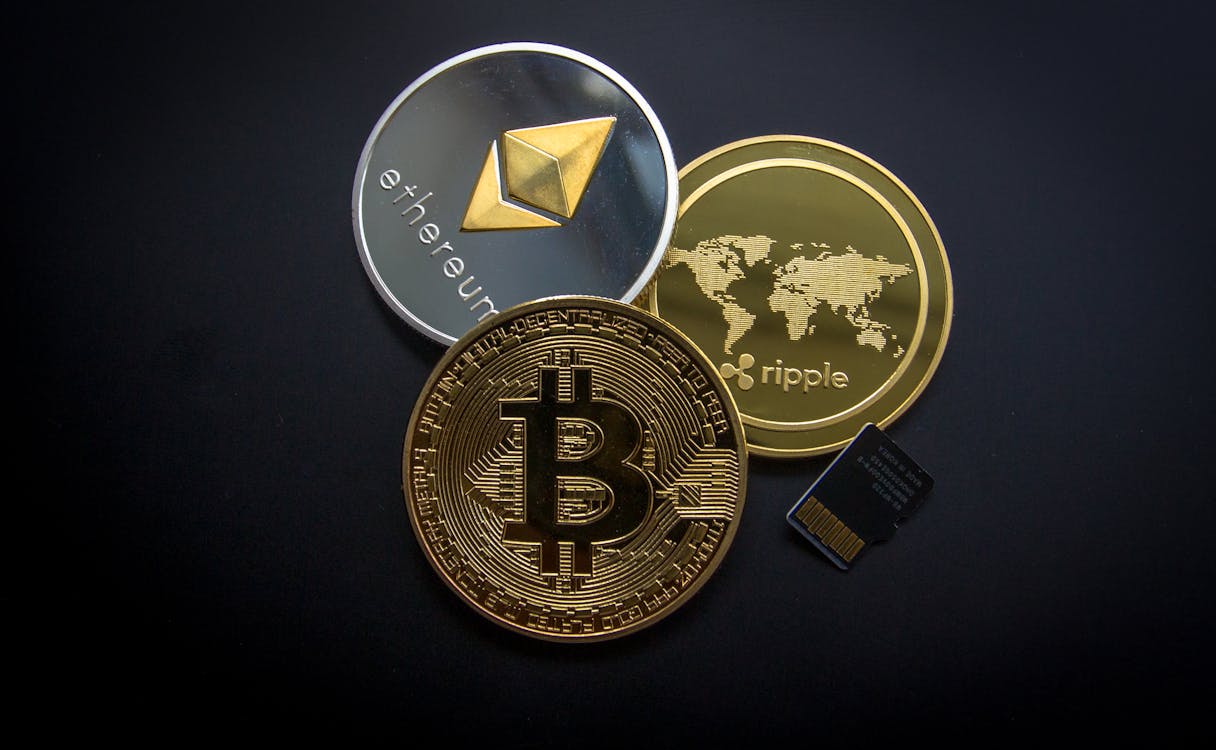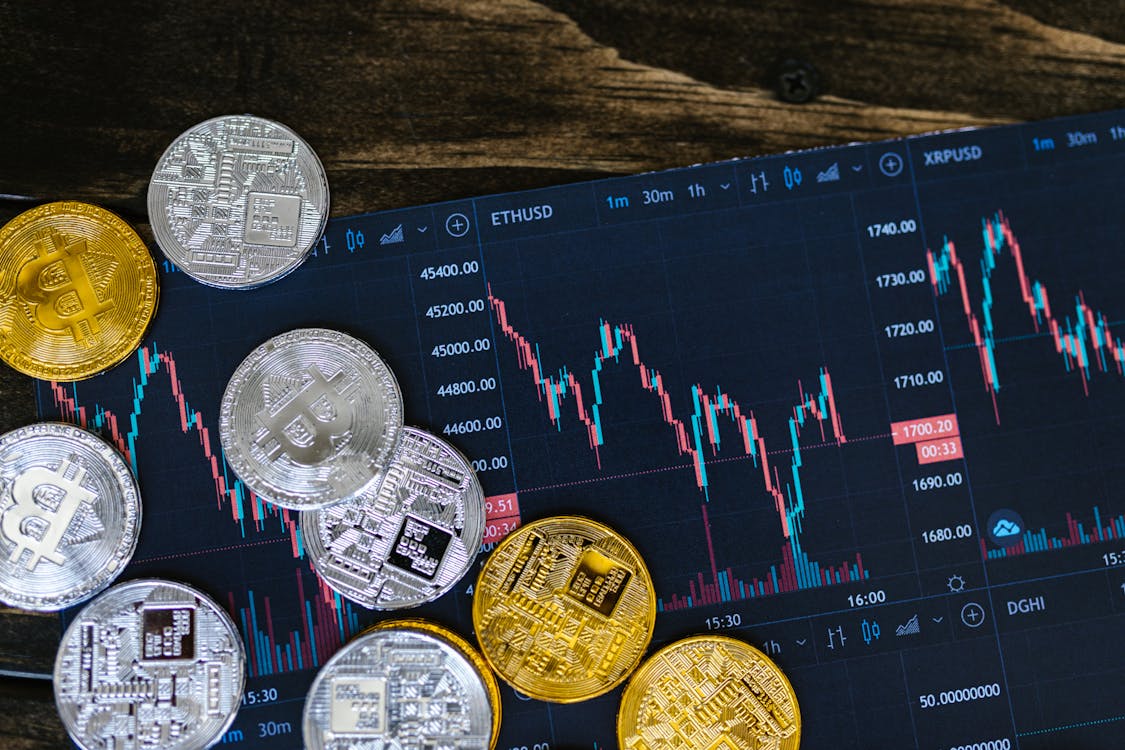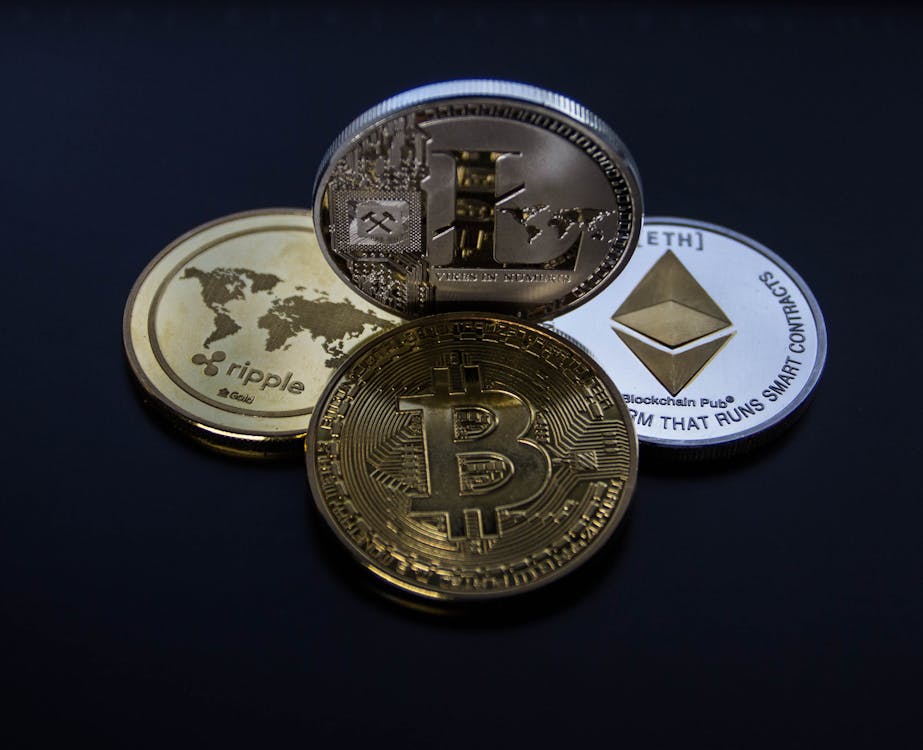Demystifying Cryptocurrency: A Beginner's Guide to Digital Money
Introduction: You’ve heard the buzzwords: Bitcoin, Ethereum, Blockchain. Cryptocurrency has exploded into the mainstream, promising to revolutionize finance as we know it. But for many, it remains a confusing world of complex technology and volatile markets. This guide is here to change that. We'll break down the essentials of cryptocurrency, explaining what it is, how it works, and why it matters—all without the overwhelming jargon.
Ads by Eonads Ads by Eonads1. What Exactly is Cryptocurrency?
At its heart, a cryptocurrency is a digital or virtual currency secured by cryptography, which makes it nearly impossible to counterfeit or double-spend. Unlike traditional currencies issued by governments (like the US Dollar or the Euro), most cryptocurrencies are decentralized. This means they are not controlled by any single entity, like a bank or government. Instead, they operate on a distributed network of computers.
2. The Magic Behind Crypto: Blockchain Technology
A. A Digital Ledger: The technology that powers almost all cryptocurrencies is called blockchain. Think of it as a digital checkbook or ledger that is distributed across a vast network of computers. Every transaction is grouped into a "block," which is then "chained" onto the end of the previous block. This creates a permanent and unchangeable record of every transaction ever made.
B. Power to the People: Because the blockchain ledger is shared and verified by many users worldwide, no single person or company can alter it. This decentralization is what makes the system secure and transparent. It removes the need for a traditional middleman, like a bank, to approve transactions.
3. Beyond Bitcoin: The Crypto Ecosystem
A. The Pioneer: Bitcoin (BTC): Bitcoin was the very first cryptocurrency, created in 2009. It proved that a decentralized digital currency could work. It remains the largest and most well-known crypto, often seen as a store of value, similar to digital gold.
4. How to Get Started with Crypto
A. Buying Cryptocurrency: The most common way to get started is through a cryptocurrency exchange. These are online platforms (like Coinbase, Binance, or Kraken) where you can buy, sell, and trade various cryptocurrencies using traditional money. You'll typically need to create an account and verify your identity.
Ads by EonadsB. Storing Your Assets: After buying crypto, you need a place to store it. This is done in a digital wallet. Wallets can be software on your computer or phone, or physical hardware devices. Your wallet gives you a "private key"—a secret password that grants access to your funds. It is vital to keep this key safe, as losing it means losing your crypto forever.
5. The Big Question: Risks vs. Rewards
It's crucial to understand that cryptocurrency is a high-risk, high-reward field. The primary risk is volatility—prices can rise or fall dramatically in a very short time. The space is also less regulated than traditional finance, making it a target for scams. However, the potential rewards are also significant. Beyond investment returns, crypto technology aims to create a more open and accessible global financial system.
6. Final Thoughts: A New Financial Frontier
Cryptocurrency and blockchain technology represent a major shift in how we think about money, data, and ownership. While it is not a get-rich-quick scheme and comes with significant risks, its underlying technology has the potential to reshape industries far beyond finance. As with any new frontier, the best approach is one of caution and curiosity. Do your own research, understand the risks, and never invest more than you are willing to lose.




